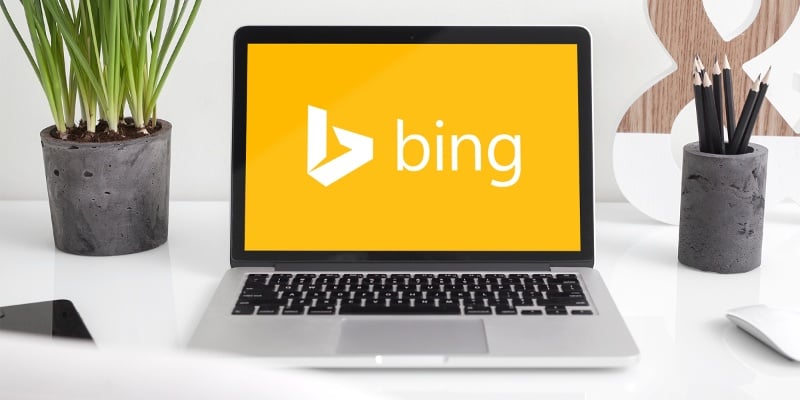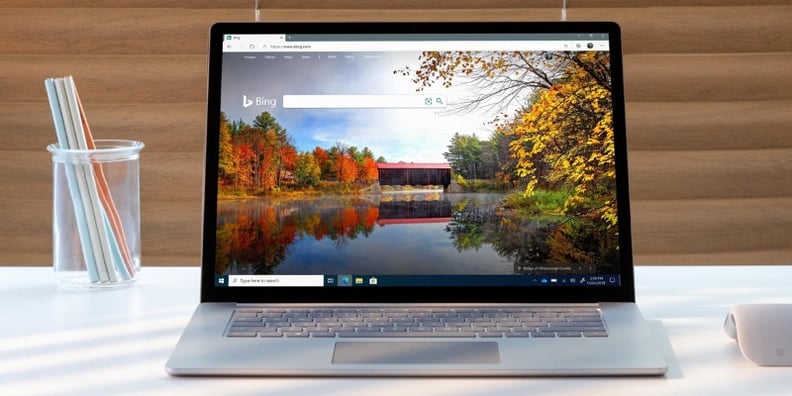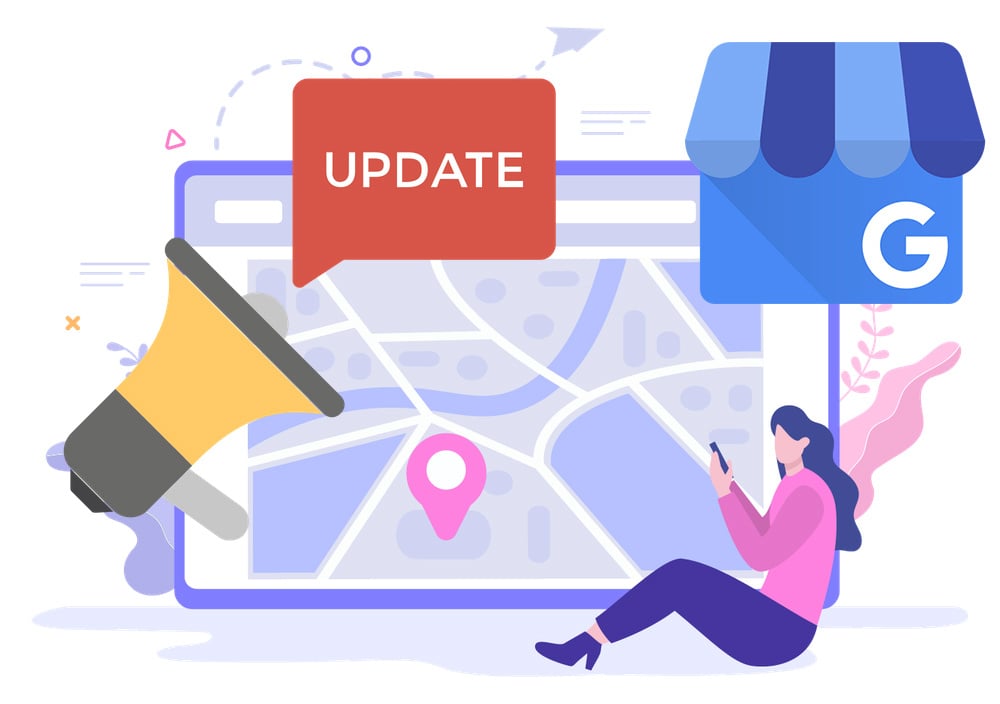How to Claim and Manage Your Bing Business Listing
If you don't have a Bing business listing, you might be missing out on local search. Use this guide to get started today.



Do your customers use Bing? According to Statista, Bing users are likely to be 45-54 years old, with a household income above $100,000.
Bing is a search engine developed by Microsoft. Launched in 2009, Bing replaced Microsoft's older search engine, Live Search. That same year, Microsoft cut a deal with Yahoo!, and Bing became the website's official search engine.
Though Google claims a larger market share, you shouldn't ignore Bing. Excluding Amazon and social media, Bing is the second most popular search engine today. And as local searches gain importance, Bing Places should be on your radar.
Use this article to learn how you can claim and manage your Bing business listing.
Your Bing Business Listing Drives Local Search Results
Today, businesses can't afford to ignore local search. With GPS-enabled mobile searches on the rise, customers want to find businesses that are close to their locations.
Local search presents a valuable opportunity for businesses. According to a recent survey, 78% of local searches lead to real in-store purchases. Ignoring local search is like leaving money on the table.
Local search is effective because it's tailored to your customers lives. Customers who are looking for nearby options typically want to act fast. For example, a hungry traveler might be searching for a nearby lunch spot. Or a busy professional might need a gym that's open 24 hours a day.
Businesses can capitalize on these impulses by optimizing for local search. In fact, any SEO strategy that ignores local search is incomplete. If your business doesn't show up on the first page of a relevant local search, you might be letting customers slip through your fingers.
Your Bing business listing allows you to control how your business appears in local searches. In 2011, Bing streamlined its local search platform. Now, it's simple to get listed on Bing and keep your profile up-to-date.
In the next section, we'll take a step-by-step look at how you can claim and manage your Bing business listing.

How to Get a Bing Business Listing
If you already use Google My Business, Bing Places will feel familiar. (If not, pause and check out our guide to Google My Business!) There are three key steps you will have to take:
- Claim your Bing business listing
- Fill out your profile with detailed information
- Verify your identity
Let's take a closer look.
Get started by visiting Bing Places. This homepage will give you two options. You can select the "New User" option to create a listing for the first time. If you're a returning user, you can access and update your profile by clicking the "Existing User" option. (This is also how you'll update your profile later.)
Once you claim your profile, you can start filling out your information. This is a crucial step, as it determines what information will appear in local searches. Essential information includes:
- Your business hours
- Your address
- A complete list of your locations
- A brief description of your business
- Your website URL
You can enhance your Bing business listing with additional information, too. Examples include uploading multimedia, posting payment options and adding accessibility information. These details can help customers plan their visit to your business.
Finally, you'll verify your identity. There are three options for getting verified:
- Receive a code via email
- Receive a code via phone call
- Receive a code via SMS/texting
Once you've received your code, you can enter it to get verified.
In just three easy steps, your Bing business listing will be ready to go.

Digital Tools Help Manage Your Bing Business Listing
While your Bing business listing is important, the truth is that it's one online directory of many. Along with Bing Places, your business should appear on other top directories including:
- Apple Maps
- Yahoo
- TripAdvisor
- Yelp
- Foursquare
- Angi
The types of directories you prioritize may depend on your industry. For example, an electrician might find greater value in Angi, while a law office might find clients through Yellow Pages. There are also specialized directories, such as Zocdoc, a directory for medical professionals.
Still, it's crucial to maintain an active presence on a variety of local directories. That's where digital tools can help. These tools make it easy to view, manage and maintain your local profiles. You can automatically control where and how your business appears online.
With the help of digital tools, you can even respond to messages and customer reviews. Along with winning new business, you can nurture relationships with the customers you already have.
Ignoring digital tools means leaving too many factors to chance. If your profiles are out of sync, your customers might not have access to accurate information. You'll risk angering customers through errors or omissions. For example, you might post the wrong hours or ignore a negative review by mistake.
Fortunately, digital tools avoid this risk. When you can see all of your local listings at a glance, you can easily keep them up to date and optimized for local search.
Want to learn more about how simple local search can be? Download our free eGuide to learn more!

%20(1)%20(1).png?width=340&name=Group%2012%20(2)%20(1)%20(1).png)



